A bird's nest house in Ward 1, Chau Thanh town.
This is considered a new profession, attracting many participants. However, not everyone who does this job is successful. In fact, there are many people who "swallow the bitter pill", the bird's nest house is finished, but no birds move in, causing them to fall into debt.
Building a billion dollar house to raise swiftlets
Mr. Ha Duc Luu, residing in Hiep An quarter, Hiep Tan ward - has 7 houses raising swiftlets in Hoa Thanh town - said that in 2016, he started raising swiftlets in a 3-storey house in Hiep An quarter. The ground floor is used for trading traditional medicine, the 2nd floor is used as a place for the whole family to live and work.
On the third floor alone, he hired someone to design and install a sound system to attract swiftlets to stay. After a year, dozens of pairs of swiftlets came to nest and breed, and the nests he collected were worth tens of millions of dong.
Realizing the potential of the new profession, he boldly invested more, on average he built a bird's nest house every year, and now he owns 7 bird's nest houses scattered in communes and wards in Hoa Thanh town.
As one of the first households to invest in building a birdhouse in Chau Thanh district, Mr. Nguyen Cong Huu, residing in Ward 1, Chau Thanh town, said that in 2017, after visiting an effective birdhouse model in Dong Nai , he decided to invest more than 1.3 billion VND to build a birdhouse in Chau Thanh town.
In the first year, the number of swiftlets coming to stay was not much, so he only collected less than 0.5 kg of bird's nest. From the second year onwards, the number of swiftlets coming to stay increased rapidly, so the amount of bird's nest collected increased very quickly. Currently, the average output is 12 kg/month.
The initial success in raising swiftlets in the province has attracted many people to invest large capital to pursue this profession. In the past 5 years, the number of swiftlet houses in Tay Ninh province and many other provinces and cities has continuously increased, however, the number of successful swiftlet farmers accounts for less than 20%.
Loss of revenue due to no swallows coming to stay
According to the experience of many successful birdhouse investors, not all birdhouses have swiftlets coming to live and breed. Mr. Ha Duc Luu said that in the past, the number of birdhouses was small, each birdhouse built properly would quickly attract hundreds of birds to live. Since 2019, the movement of building birdhouses in the province has developed "violently", each year is three or four times higher than the previous year, while the number of wild birds has not increased significantly, so there are many birdhouses that have been in operation for more than 2 years but still have only a few pairs of birds coming to nest. Among the 7 birdhouses of his family, there are also a few houses with few birds coming to live.
According to Mr. Nguyen Cong Huu, although he has a good income from the first birdhouse, he will not build a second house until 2022, because investing in a birdhouse requires a large amount of capital, and the person implementing it must have knowledge of sound design techniques to attract birds.
Realizing that there were many people around who were raising swiftlets effectively, in 2021, Ms. NTT, residing in Hoa Hoi commune, Chau Thanh district, hired some long-time swiftlet farmers in Tien Giang province to conduct a survey.
After turning on the loudspeaker to hear the sound of swiftlets chirping, several pairs flew back, so Ms. T and her family decided to invest in building a house worth more than 2 billion VND with 3 floors on an area of nearly 200 square meters. After more than 2 years, despite using loudspeakers to attract them day and night, Ms. T's house now has about 20 pairs of swiftlets, and the monthly revenue from bird nests is only a few ounces.
Currently, she has to work hard to pay off the principal and interest of a billion-dong debt from investing in building a birdhouse. Ms. T hopes that in the next few years, there will be more birds coming to nest so that she can recover her capital.
Those who have experience in raising swiftlets say that it takes at least 2 years from the start of putting the birdhouse into operation for the breeder to have a harvest. Therefore, before raising swiftlets, it is necessary to carefully calculate the financial issue. If lucky and favorable, the swiftlets come to make nests in large numbers, the economic efficiency is very high. Otherwise, the breeder will fall into bankruptcy and debt.
Be careful before investing
According to the Department of Agriculture and Rural Development, although it has developed rapidly, it is clear that the profession of building houses to attract swiftlets in the province is still spontaneous and small-scale. It can be said that investing in a birdhouse with a large amount of money, if the birdhouse cannot attract birds to nest, then the investor will be considered to have "lost everything".
With the current rapid increase in the number of birdhouses, a house with birds nesting in it will need at least 5-7 years to have a stable source of income, and 7-10 years to reach maximum productivity. Investors in building birdhouses should consider carefully and be very alert before investing a large amount of capital.
According to the assessment of the provincial agricultural sector, in general, the bird nest farming profession has great potential in the locality, bringing economic efficiency to the people. However, the bird nest farming is currently developing spontaneously, with potential risks.
Meanwhile, the management of construction and operation of birdhouses in the province is still difficult; the inspection and handling of violations in construction and operation of birdhouses still have many shortcomings due to the influence of many laws. These include the Law on Veterinary Medicine, the Law on Animal Husbandry, the Law on Planning, the Law on Construction, and the Law on Environmental Protection.
Minh Duong
(to be continued)
Source link


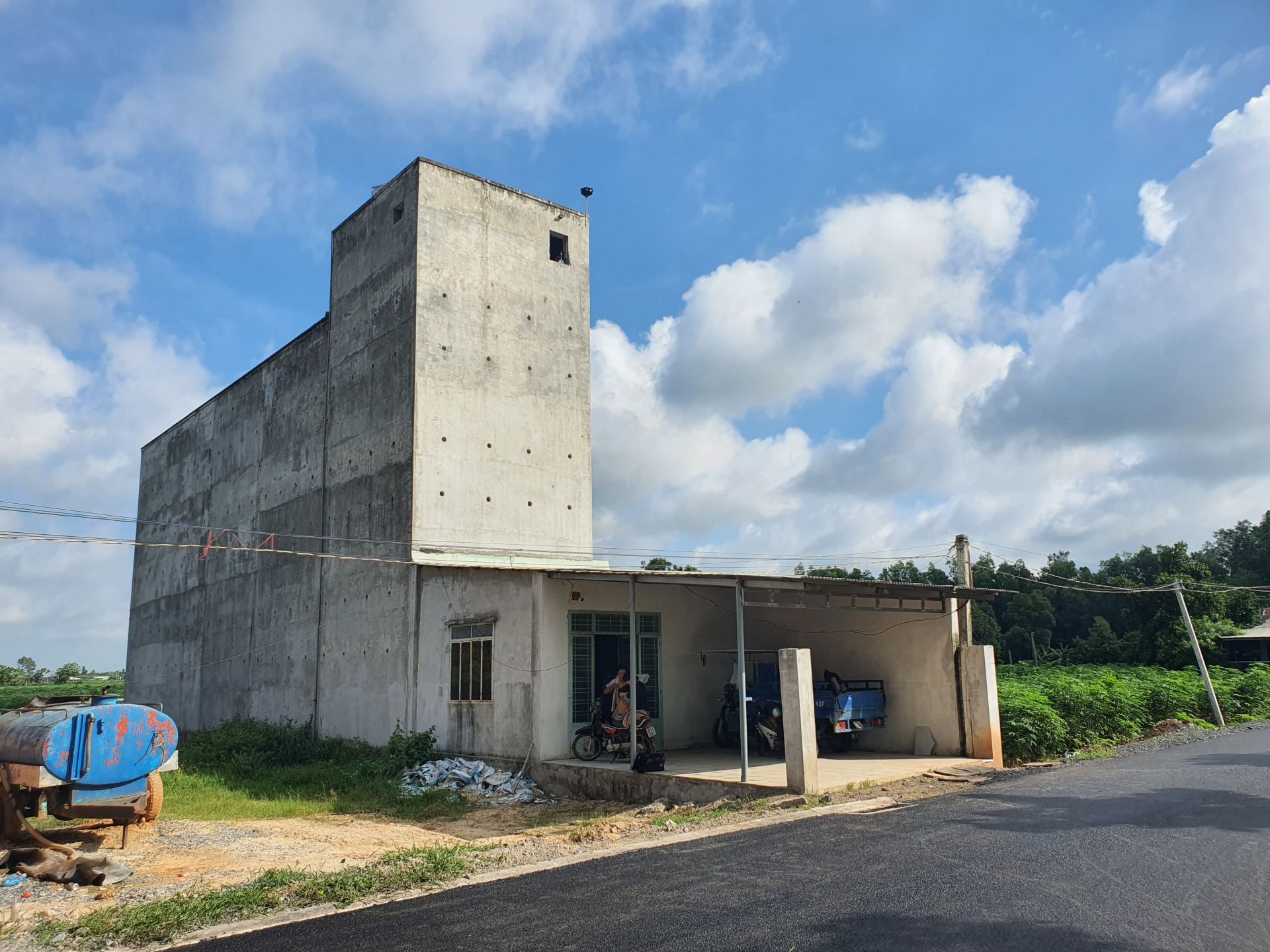


























![[Photo] National Assembly Chairman Tran Thanh Man visits Vietnamese Heroic Mother Ta Thi Tran](https://vphoto.vietnam.vn/thumb/1200x675/vietnam/resource/IMAGE/2025/7/20/765c0bd057dd44ad83ab89fe0255b783)























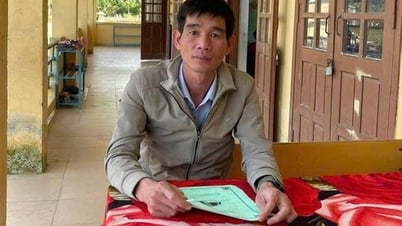




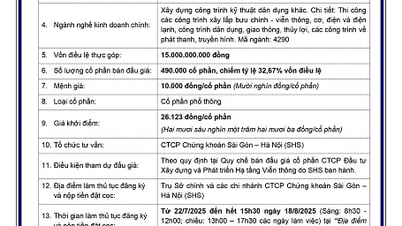








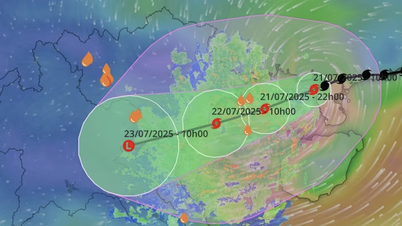











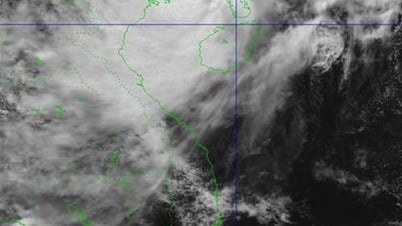




















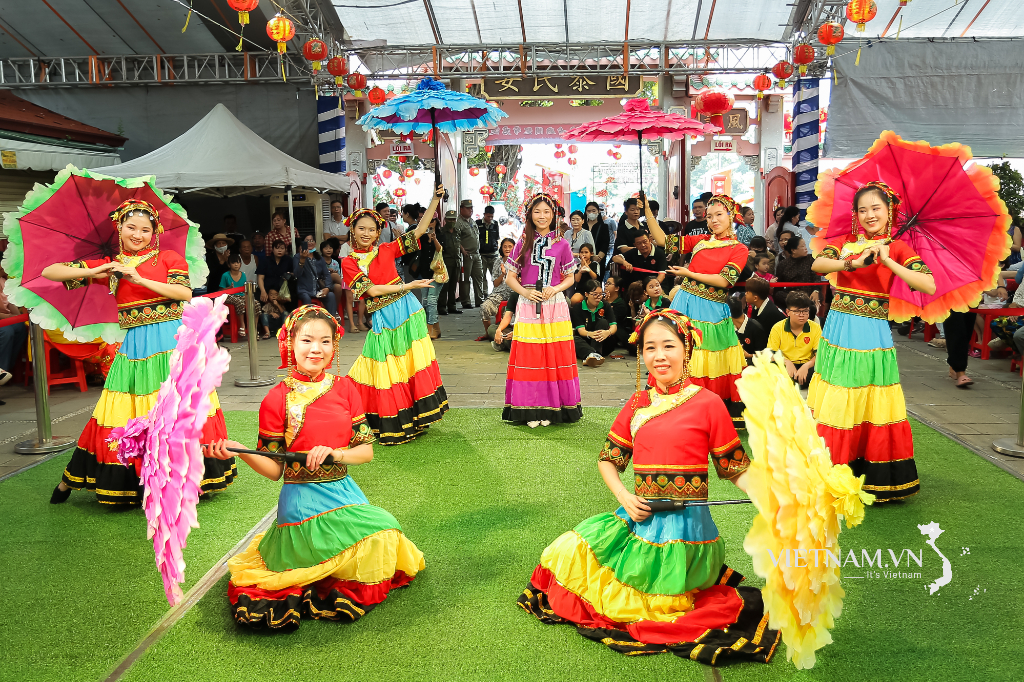


Comment (0)